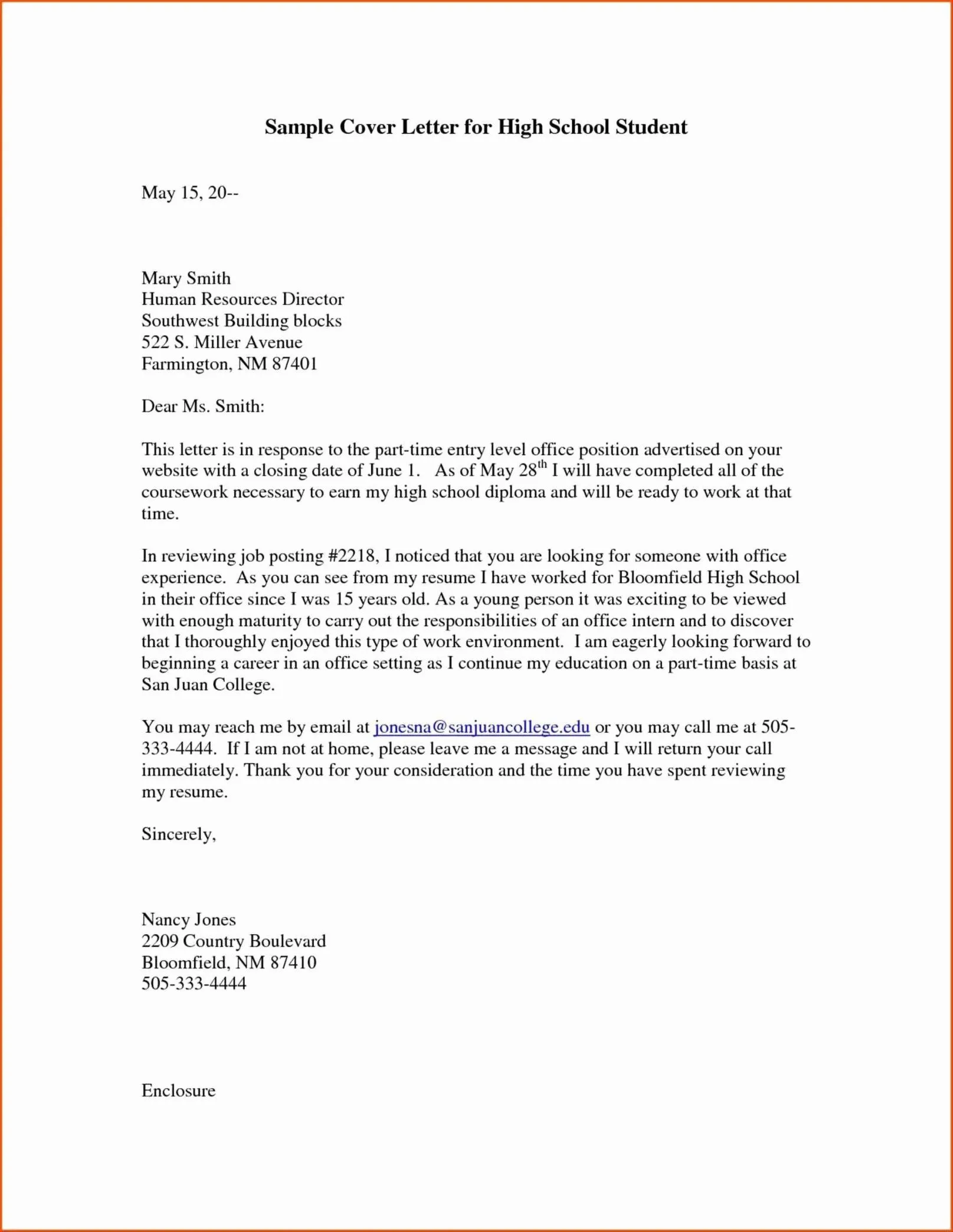What is a Cover Letter High School Student?
A cover letter is a crucial document that accompanies your resume when applying for jobs internships or volunteer positions. For high school students it serves as an introduction to potential employers or organizations providing an opportunity to showcase your personality skills and enthusiasm. Unlike a resume which provides a factual summary of your experiences a cover letter allows you to explain why you are a perfect fit for the specific opportunity. It demonstrates your communication skills your interest in the position and your understanding of the organization or role. Mastering the art of writing cover letters is an essential skill for any high school student seeking to enter the workforce or pursue volunteer opportunities.
Why Cover Letters Matter
Cover letters are not just formalities they are essential tools that can significantly increase your chances of success. They provide context to your resume allowing you to highlight relevant experiences and explain any gaps or unique circumstances in your background. They also give you a chance to demonstrate your communication skills and personality which is particularly important for high school students who may have limited work experience. A well-written cover letter shows that you have taken the time to understand the role and the organization conveying your genuine interest and enthusiasm. For employers a cover letter is a valuable tool to assess your writing abilities your attention to detail and your overall suitability for the position. Moreover it helps you stand out from other candidates and leave a lasting positive impression.
Key Components of a Cover Letter
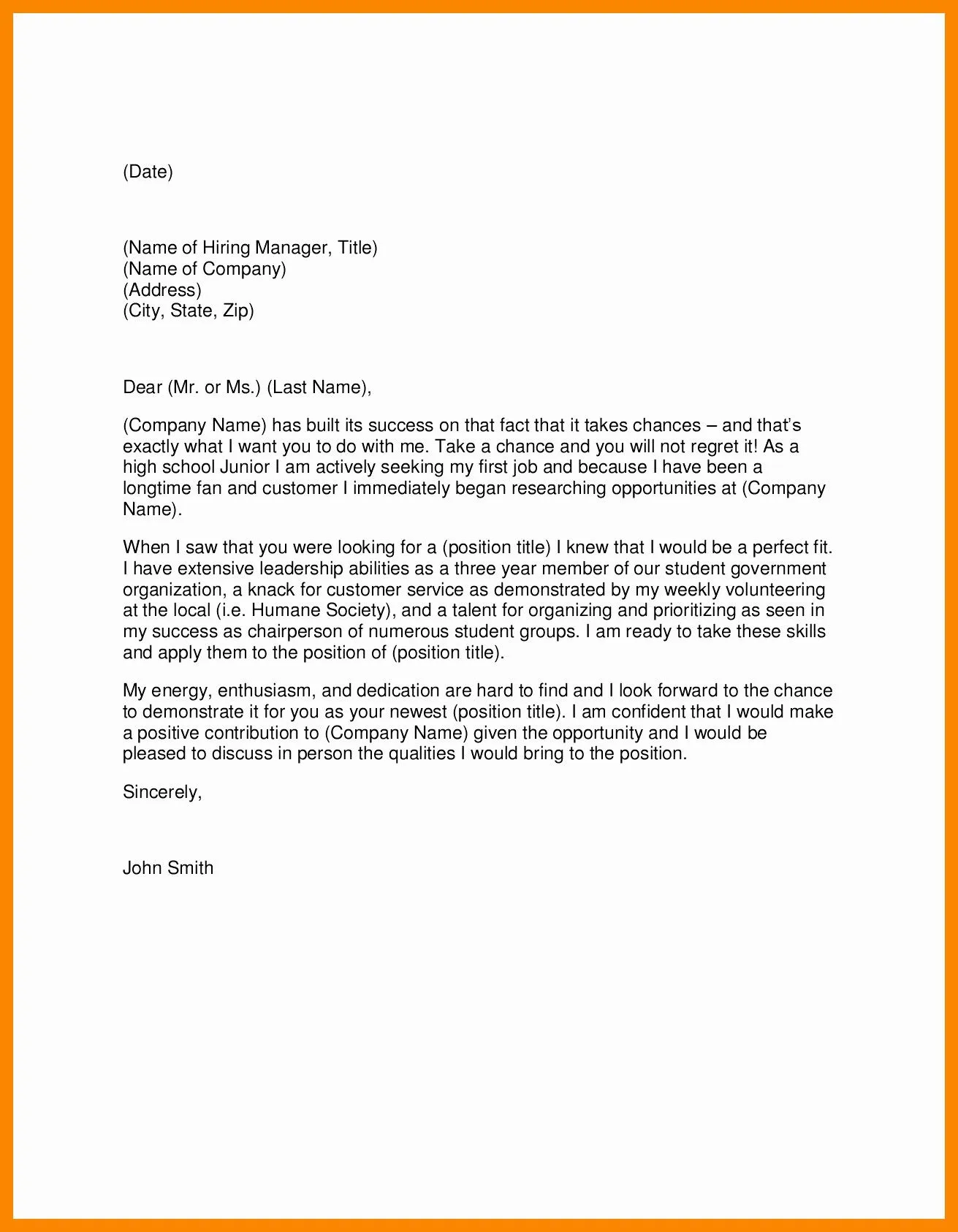
A compelling cover letter comprises several key components. The header should include your contact information the date and the recipient’s information. The personal introduction should capture the reader’s attention state the position you are applying for and express your enthusiasm. The body paragraphs are where you highlight your skills experiences and achievements. This is an opportunity to show how your qualifications match the job requirements. The closing should reiterate your interest thank the reader for their time and include a call to action such as requesting an interview. Each part of the cover letter plays a vital role in conveying your message and making a positive impression.
Header of Cover Letter
The header of your cover letter is the first thing the hiring manager sees. It should include your full name address phone number and email address. Ensure that your email address is professional and easy to read. Following this include the date and the recipient’s information which includes their name title and the company’s address. This information shows attention to detail and professionalism. Always proofread your header carefully to make sure all the information is accurate. Correct formatting creates a positive initial impression and demonstrates your organizational skills.
Personal Introduction
The introduction is your opportunity to grab the reader’s attention and establish the purpose of your letter. Start by stating the specific position you are applying for and where you saw the job posting. Then, concisely express your interest in the opportunity and highlight what makes you excited about the role or the organization. Briefly mention your most relevant skills or experiences to capture their attention. The opening should be concise engaging and reflect your personality, setting the tone for the rest of the letter. A strong introduction will motivate the hiring manager to continue reading and learn more about your qualifications.
Body Paragraphs
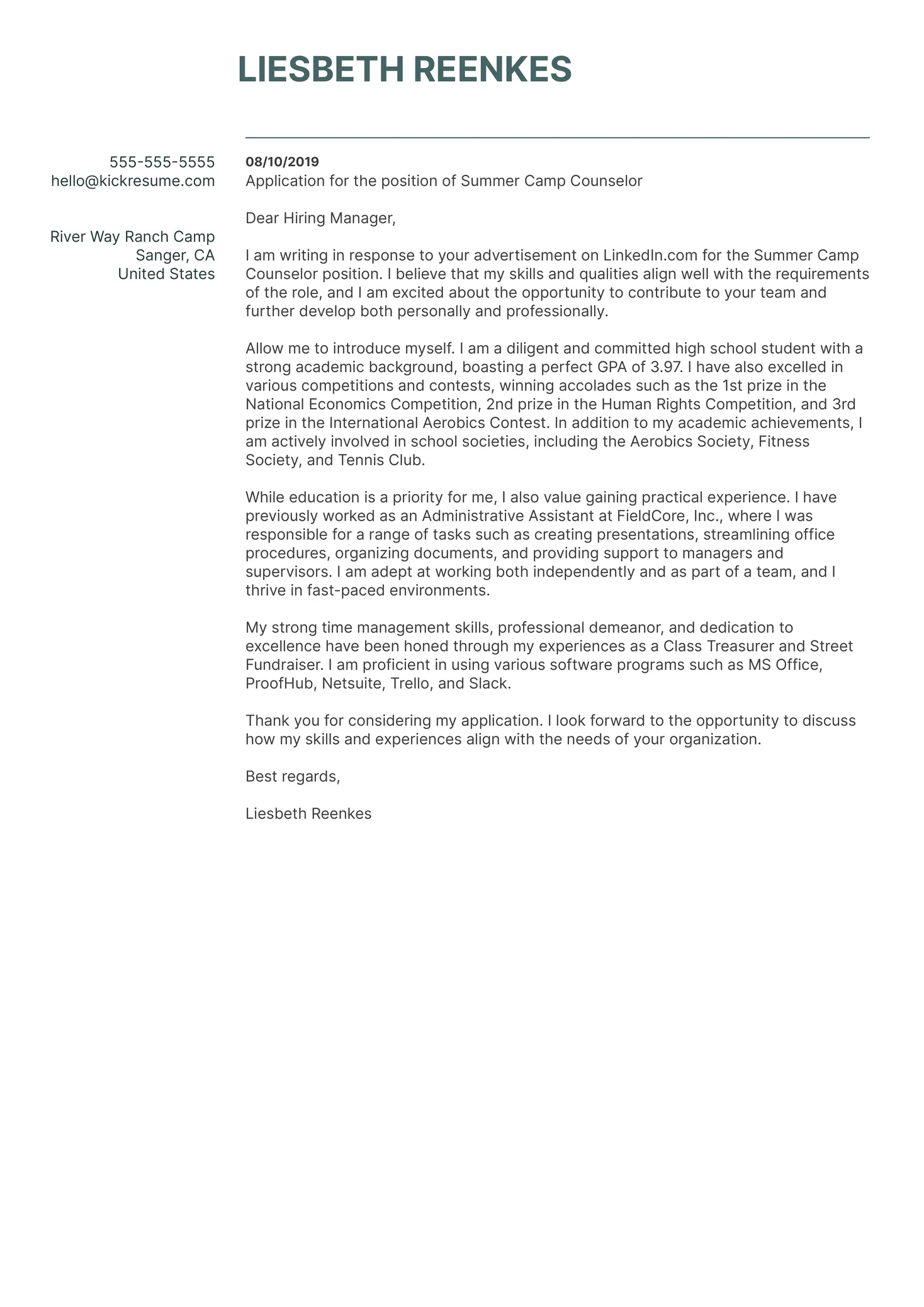
The body paragraphs are the core of your cover letter where you explain why you are a good fit for the position. Use these paragraphs to discuss your skills experiences and achievements providing specific examples to support your claims. Tailor these paragraphs to match the requirements of the job or opportunity. Highlight your relevant skills and how they align with the job description. Quantify your achievements whenever possible using numbers or data to show your impact. Demonstrating your capabilities and providing concrete evidence of your abilities will make your cover letter more compelling. Always keep the focus on what you can offer the employer and how your contributions will benefit them.
Highlighting Skills & Experiences
Focus on the skills and experiences that are most relevant to the job. Think about what the employer is looking for and emphasize how you have developed those skills. Even if you don’t have extensive work experience draw from your extracurricular activities volunteer work or academic projects to demonstrate skills like teamwork problem-solving and leadership. For example if you have volunteered at a local library describe your responsibilities and the skills you gained such as organization communication and customer service. Similarly if you have participated in a school club highlight your contributions and any leadership roles you took. The goal is to show how your experiences have prepared you for the position even if they are not directly related to the job.
Quantifying Achievements
Whenever possible quantify your achievements to make them more impactful. Instead of simply stating that you improved sales, say that you increased sales by 15% in three months. If you volunteered at an event mention how many people you served or the number of tasks you completed. Use specific numbers and data to demonstrate your impact. These details make your accomplishments more tangible and help the employer understand the value you can bring to the organization. Quantifiable achievements are much more persuasive than general statements and significantly increase your credibility. They also provide concrete evidence of your abilities and the results you can achieve.
Expressing Enthusiasm & Suitability
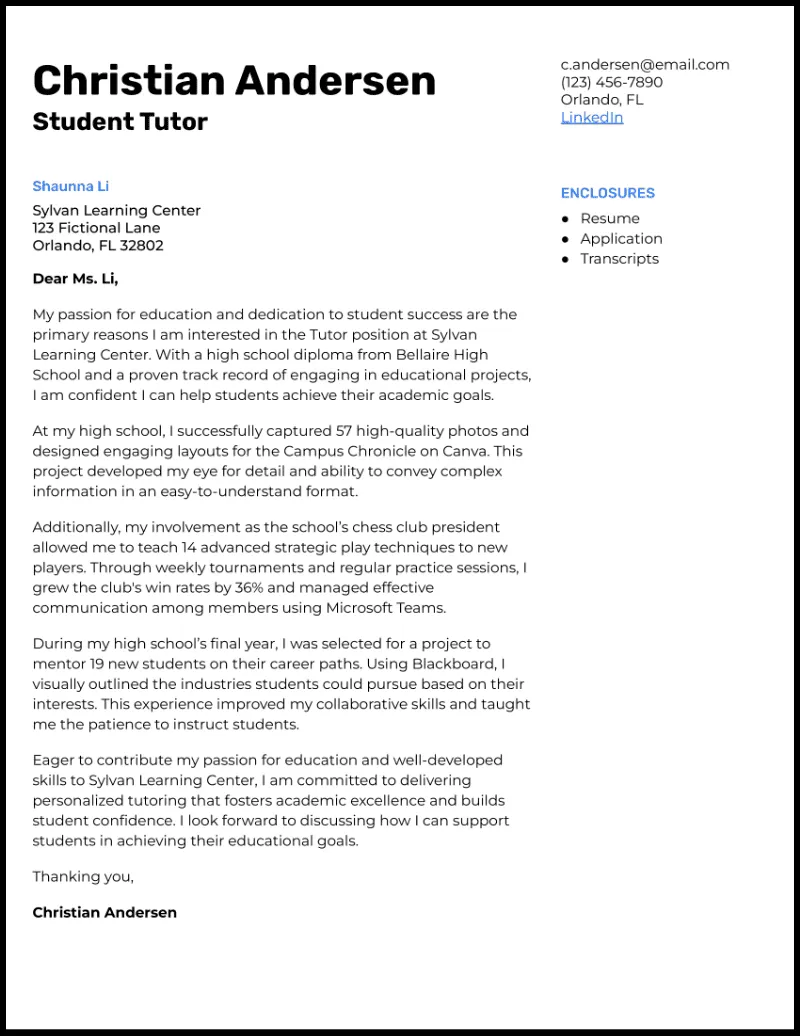
Throughout your cover letter express your genuine enthusiasm for the position and the organization. Show the hiring manager that you are interested in more than just a job; you are excited about the opportunity to contribute to their team or cause. Explain why this role aligns with your career goals and what specifically attracts you to the company. Research the organization and mention specific projects values or initiatives that resonate with you. Demonstrating this level of engagement will set you apart from other applicants and show that you have taken the time to learn about the role and the company. Personalize your letter and make it clear why you are the right fit for the specific opportunity.
Closing the Cover Letter
The closing is your final opportunity to leave a positive impression. Reiterate your interest in the position and thank the reader for their time and consideration. Include a call to action such as stating that you are available for an interview or providing your contact information again. Keep the tone polite and professional. Indicate your eagerness to discuss your qualifications further and to learn more about the opportunity. The closing should be concise and leave the reader with a clear understanding of your interest and your readiness to move forward in the application process. Make sure to proofread the closing to ensure it is free of errors.
Call to Action
Include a clear call to action in your closing. This tells the reader what you want them to do next. Examples of effective calls to action include requesting an interview mentioning your availability to discuss your qualifications further or thanking them for their time and expressing your willingness to answer any questions. The call to action should be specific and action-oriented. It should encourage the hiring manager to take the next step in the hiring process. Ensure the call to action aligns with the specific role or company. Tailor the call to action to each application to show that you understand the company’s needs and are proactive in pursuing the opportunity. Avoid generic closing phrases and make your call to action memorable and impactful.
Cover Letter Examples
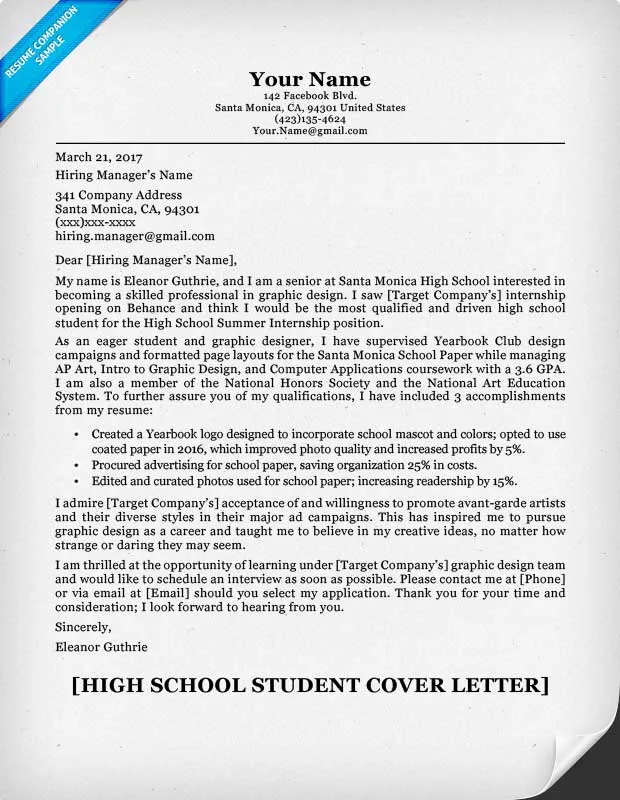
Reviewing cover letter examples is an excellent way to understand how to structure and write your own. Examples tailored to various types of opportunities such as part-time jobs volunteering and internships can provide valuable insights. Pay attention to the language used the tone and the specific content of the examples. These cover letters should illustrate how to highlight skills quantify achievements and express enthusiasm effectively. Customize these examples to fit your unique experiences and the requirements of the positions you are applying for. Examples also show how to correctly address the recipient and format the letter professionally. This process will help you avoid common mistakes and create a strong cover letter.
Example Cover Letter for Part-Time Job
When applying for a part-time job tailor your cover letter to the specific requirements of the position. Highlight any relevant experience you have such as previous customer service roles or volunteer work. Showcase skills like communication teamwork and time management. Mention how your schedule aligns with the job requirements. Illustrate your enthusiasm for the specific industry or company. Include quantifiable achievements wherever possible such as the number of customers served or any awards received. Keep your letter concise and focused on what you can bring to the role. This example will give you a framework to build your cover letter.
Example Cover Letter for Volunteering
For volunteer positions, focus on your passion for the cause and your desire to contribute. Highlight any skills that align with the volunteer role such as organizational abilities or communication skills. Emphasize your willingness to learn and your commitment to the organization’s mission. Describe any relevant experiences you have even if they are not directly related to volunteer work. Demonstrate your understanding of the organization’s values and how your contributions can support their efforts. This letter provides a template to highlight your enthusiasm and suitability for the volunteer position. Adapt your experiences to show how you can make a positive impact.
Example Cover Letter for Internship
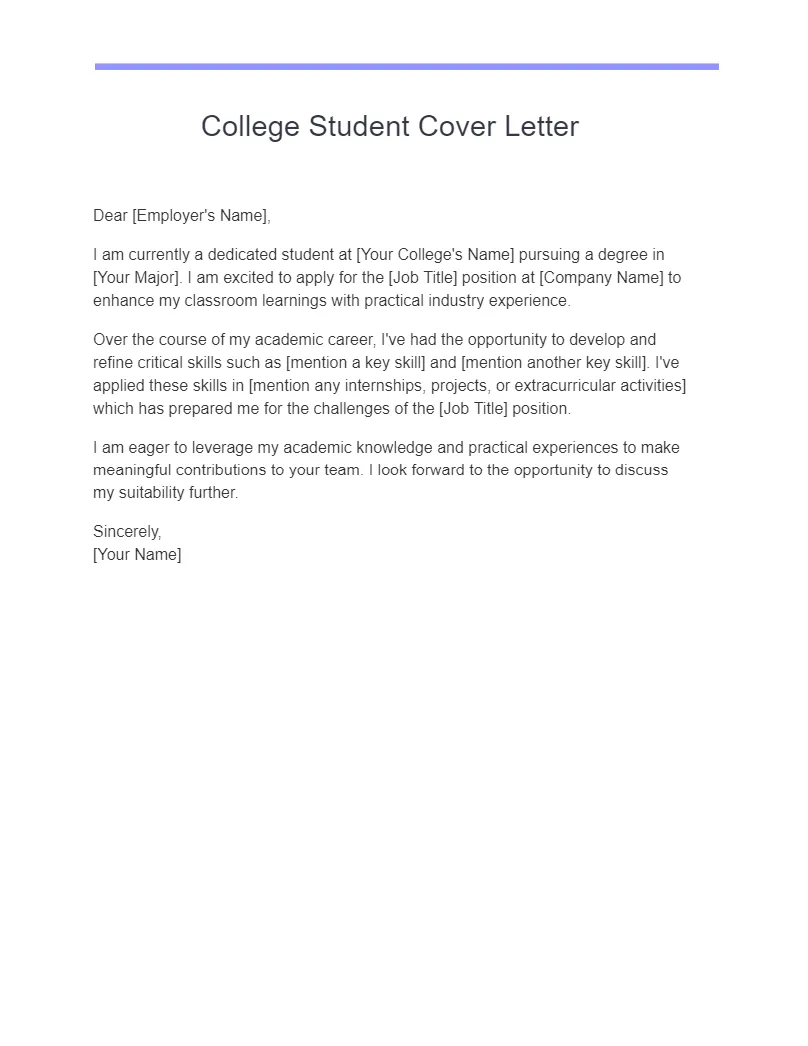
Internship cover letters are critical for showcasing your interest in the field and your readiness to learn. Highlight any relevant coursework extracurricular activities or projects that align with the internship’s requirements. Express your eagerness to gain practical experience and develop new skills. Explain how the internship aligns with your career goals. Mention your enthusiasm for the company’s work and values. This example includes demonstrating your understanding of the industry and your qualifications. Customize your letter by highlighting your abilities and demonstrating your readiness to contribute to the organization’s success. This template provides a solid foundation to build your cover letter.
Tips for Writing a Compelling Cover Letter
To write a compelling cover letter there are several tips to keep in mind. Tailor each cover letter to the specific job or opportunity. Research the organization and address the letter to the correct person. Use a professional tone and clear language. Highlight your most relevant skills and experiences. Quantify your achievements whenever possible using numbers and data. Show your enthusiasm for the position and the company. Proofread your letter carefully for any grammatical errors or typos. Keep your cover letter concise typically no more than one page. Follow these tips to create a professional cover letter and increase your chances of getting an interview or securing a position.
Tailoring Your Letter to Each Application
Avoid sending the same generic cover letter for every job application. Tailor each letter to the specific requirements of the position and the organization. Research the company and understand their mission values and culture. Use the job description as a guide to identify the key skills and experiences they are looking for. Highlight how your qualifications align with these requirements. Use keywords from the job description in your cover letter. Address the letter to the hiring manager by name whenever possible. This approach demonstrates your genuine interest in the role and increases the chances of your cover letter standing out.
Proofreading and Editing
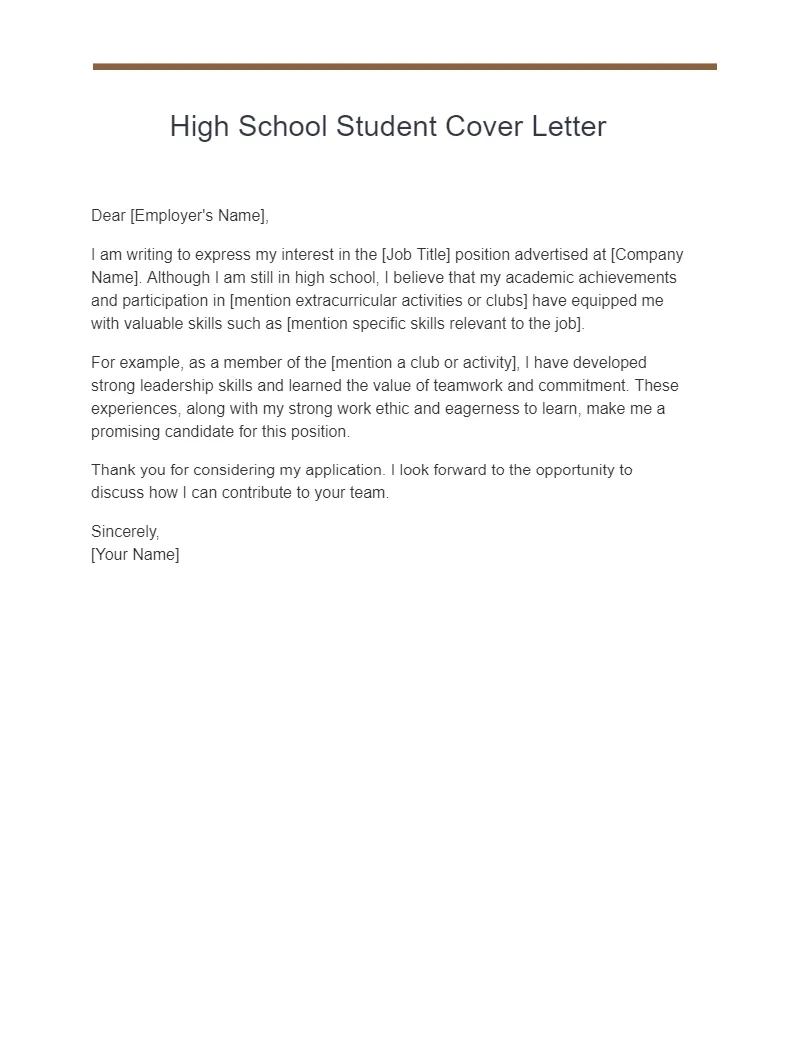
Proofreading and editing are essential steps in writing a cover letter. Errors in grammar spelling or punctuation can undermine your professionalism and credibility. After writing your cover letter take the time to carefully review it for any mistakes. Use a spell checker but don’t rely on it entirely. Read the letter aloud to catch any awkward phrasing or grammatical errors. Ask a friend teacher or family member to proofread your letter for you. A fresh pair of eyes can often spot errors that you might miss. Proofreading ensures that your cover letter is polished professional and error-free, leaving a positive impression on the reader.
Common Mistakes to Avoid
Avoiding common mistakes is crucial for writing an effective cover letter. Avoid using generic or impersonal language. Do not simply restate your resume; provide additional context and details. Avoid typos and grammatical errors. Do not exceed the recommended length of one page. Do not focus on what you want from the job; instead focus on what you can offer the employer. Avoid negative statements or complaining about previous experiences. Never send a cover letter without tailoring it to the specific job. By avoiding these common mistakes you can significantly improve the quality of your cover letter and increase your chances of success.
